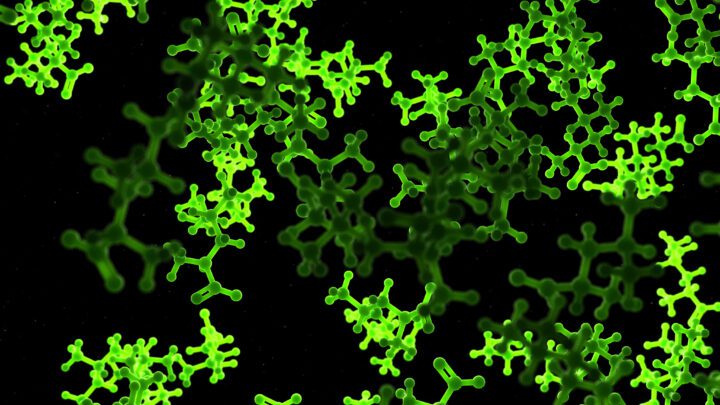Hydraulic actuator from Technical University of Munich can passively swell to change shape, reducing energy usage.
Benefits
- Autonomous
- Reduced energy usage
- Sustainable
Applications
- Building design
- Architecture
- Heating and cooling systems
UN Sustainable Development Goals Addressed
-

Goal 11: Sustainable Cities & Communities
-

Goal 12: Responsible Production & Consumption
Bioutilization
- Cellulose
The Challenge
Common actuators used in many different industries require electricity, which can amount to a large expense. Additionally, critical actuators, like those in medical applications, can fail during power outages, resulting in safety hazards.
Innovation Details
The hydraulic actuator responds dynamically to changes in the air’s humidity. It is composed of two layers that absorb varying amounts of liquid to control the mechanical properties of the system. One of the layers contains , a polysaccharide, that is considered one of the most abundant biopolymers in the world. The other layer maintains the structural integrity of the system. The actuator can be used in smart buildings to allow heat exchange with the environment, reducing energy usage and costs.
Biomimicry Story
Pine cones respond naturally to different degrees of humidity by opening and closing. The scales flex passively in response to changes in moisture levels via a two‑layered structure. The first layer is composed of cell walls made of lignin, a rigid found in plants. The second component is cellulose, a fiber found in most plants. The pine cone scales are arranged so that when the air is humid, the outer cells expand toward the core, pinching the pine cone shut. When the atmosphere is dry, the pine cone stays open with bent scales to allow the wind to scatter its seeds.




